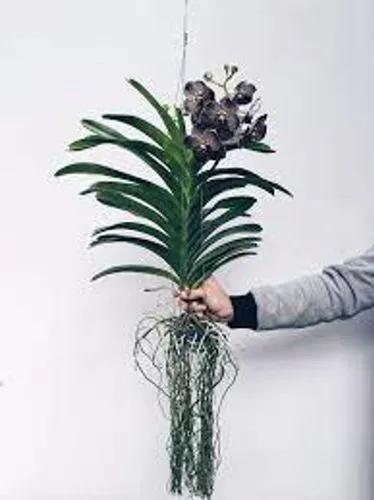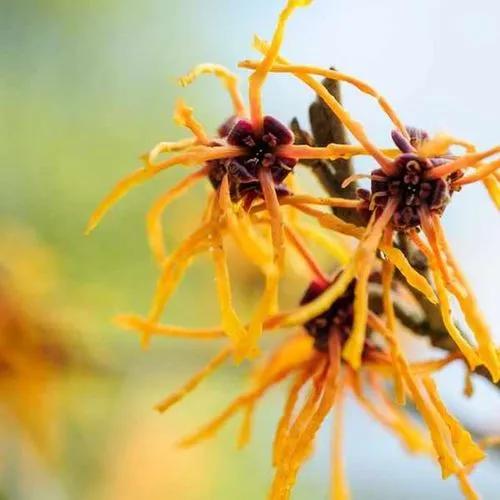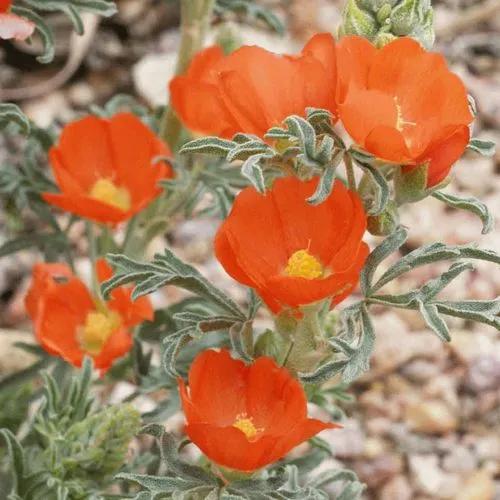If you're looking for low maintenance, drought-tolerant, long-blooming and cheerful plants for a flower border or a filler, coreopsis are a perfect choice. With more than 80 species of coreopsis, plus many selections and hybrids, there's a perfect plant for your sunny garden. About half of the varieties are Native North American prairie and woodland plants, while the others are native to Central and South America. Their ruggedness and profuse blooms have made them popular with plant breeders. Their common name, "tickseed," is supposedly for the seeds' resemblance to ticks. Even so, birds (particularly Goldfinches) love to snack on the seeds during fall and winter. Bees and butterflies are drawn to their colorful blooms. Their daisy-like flowers range in colors from bright yellow and orange to pink and red. Coreopsis form upright clumps and have a moderate growth rate. Plant them any time from early spring to fall, once danger of frost has passed. Annual varieties will start blooming in early summer and repeat bloom periodically through fall, while perennial varieties will begin blooming the second year after planting..
Calliopsis Care
Coreopsis tinctoria
Other names: Garden Coreopsis, Golden Tickseed, Calliopsis



How to Care for the Plant

Water

Coreopsis will need regular water when first planted until they are established. After the first year, they are drought tolerant, but they'll bloom most prolifically with regular watering. Water the plants deeply at least once a week to help new roots grow down deeply. Soil should be moist at about one inch below the soil surface (stick your finger in the soil to check.) Early morning watering is best, so the leaves have a chance to dry during the day.

Fertilizer

Fertilization of growing coreopsis is not necessary—in fact, too much fertilizer may inhibit flower production. If soils are already good, all you should need to do is add a little compost in the spring.

Sunlight

Coreopsis will bloom best in full sun, but it can also be successfully grown in partial sun. The plants may get a bit lankier in partial shade. In areas with intense heat, coreopsis may even prefer some afternoon shade.

Soil

Most coreopsis varieties are very easy to grow and are not particular about soil quality or soil pH. They like well-draining soils and some, such as the thread leaf coreopsis, will tolerate dry, rocky soils. Heavy, wet clay soils should be amended with compost to help drainage.

Temperature

Lowest Temperature:30° to 40°F (-1° to 4°C)

Popularity

1,508 people already have this plant 325 people have added this plant to their wishlists
Discover more plants with the list below
Popular articles






